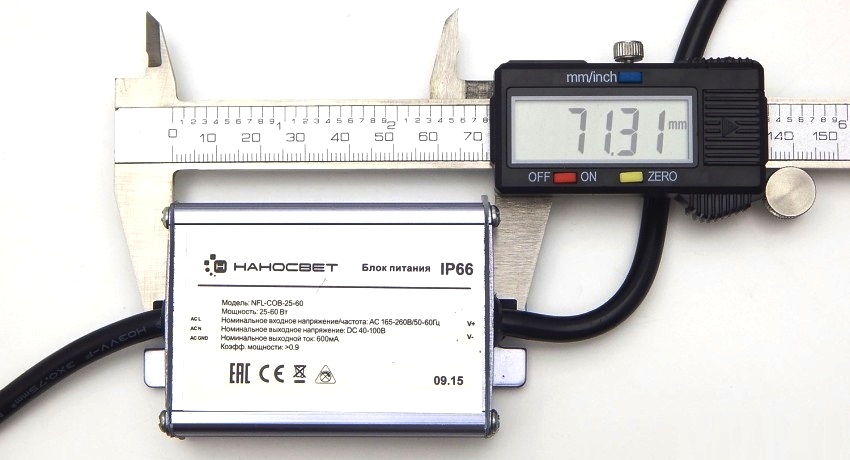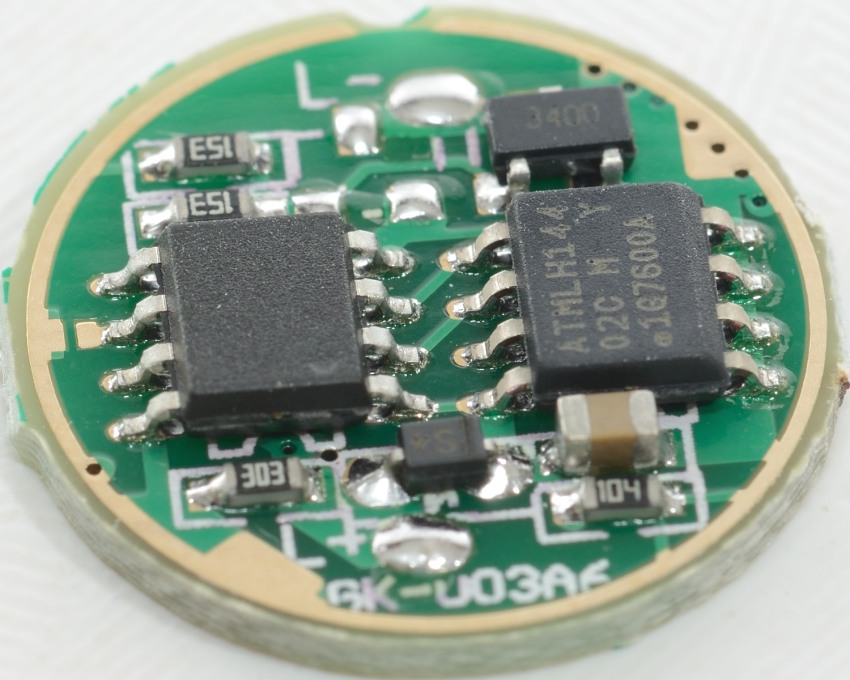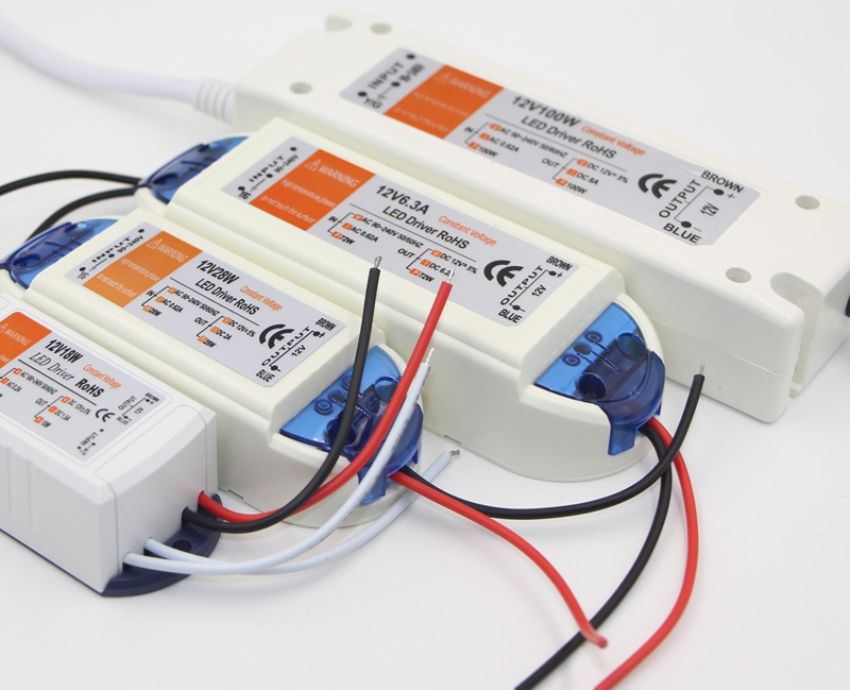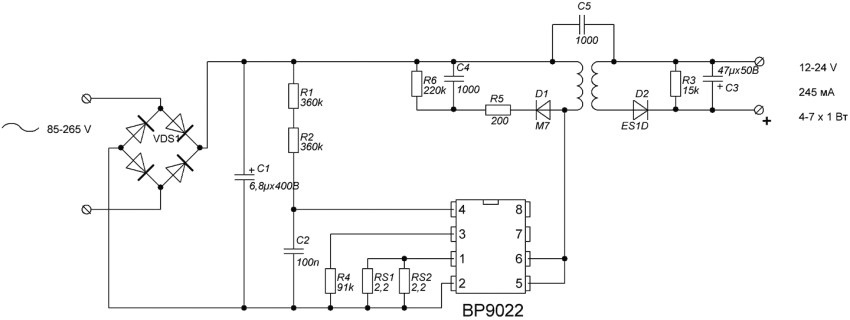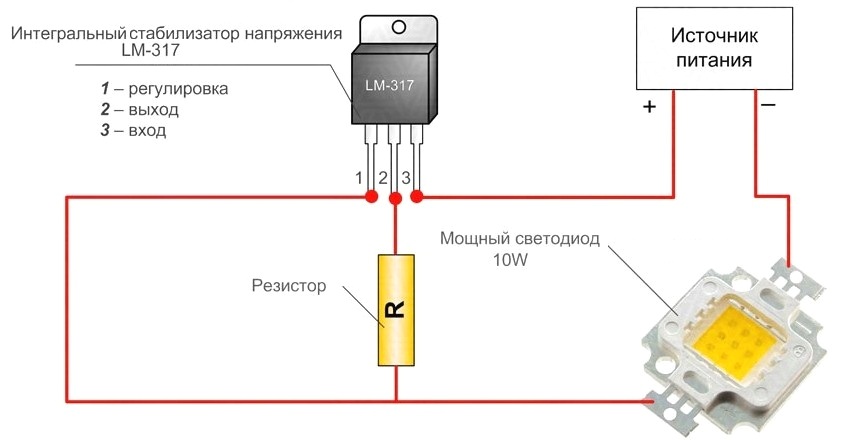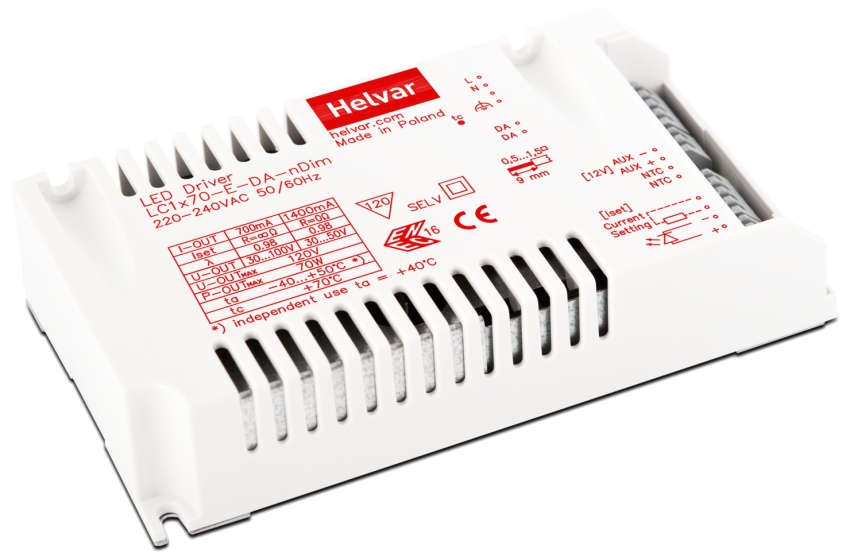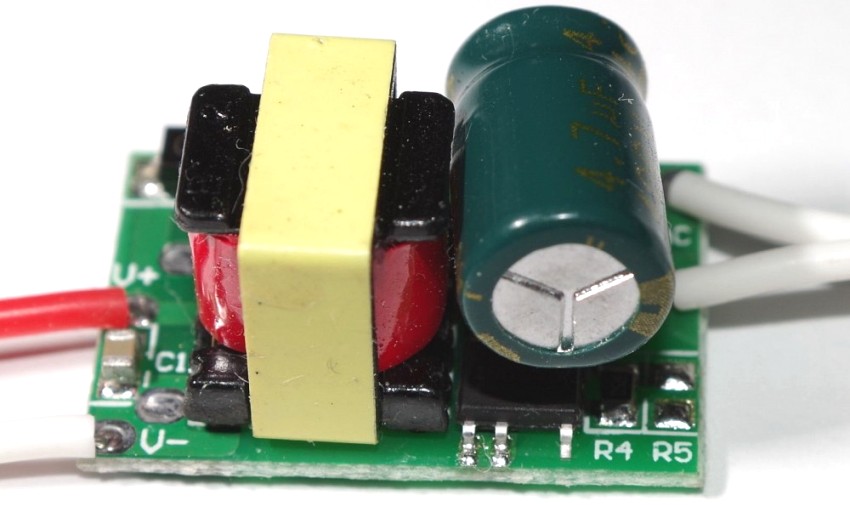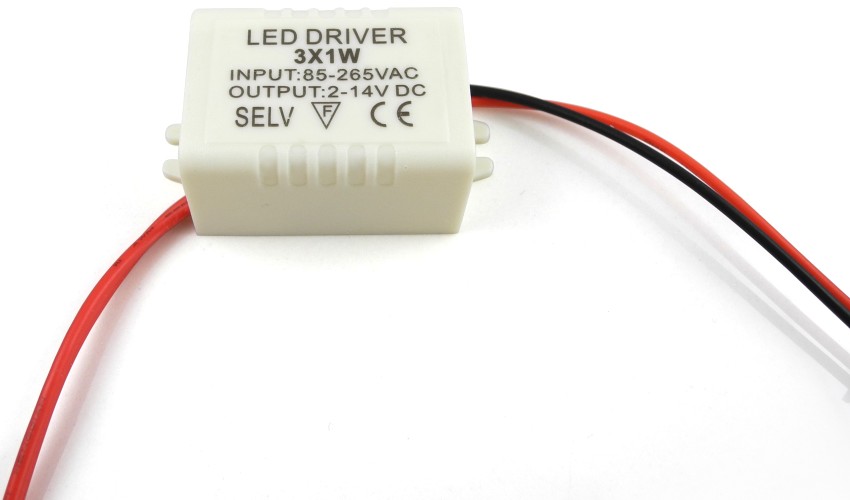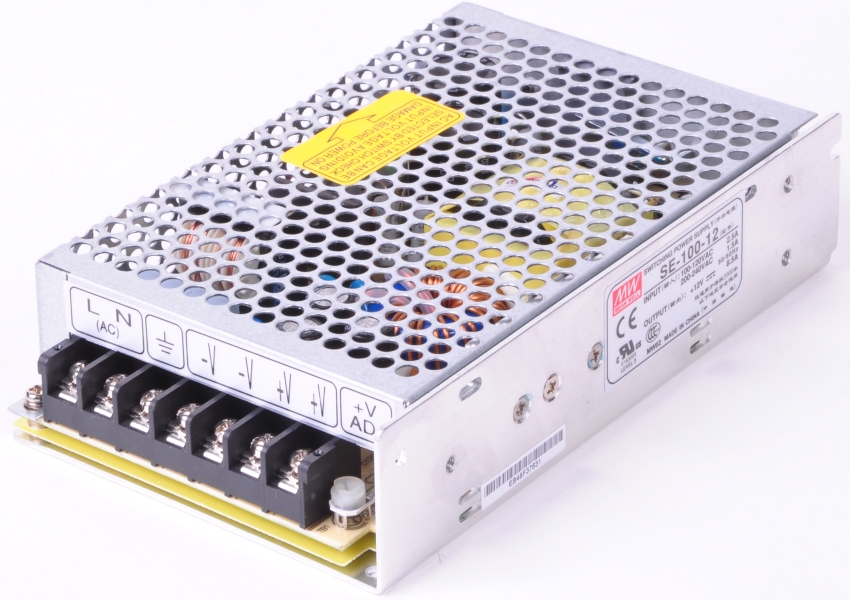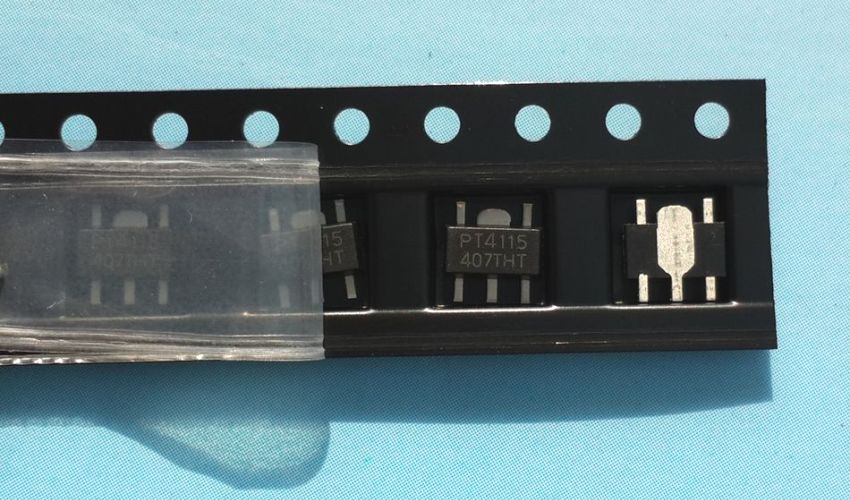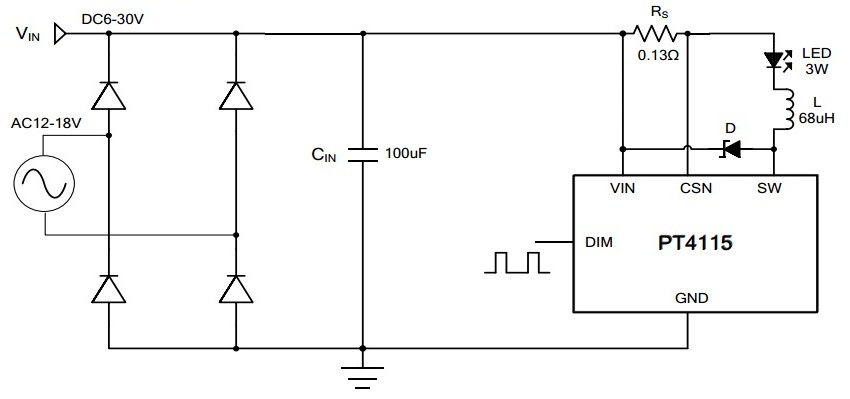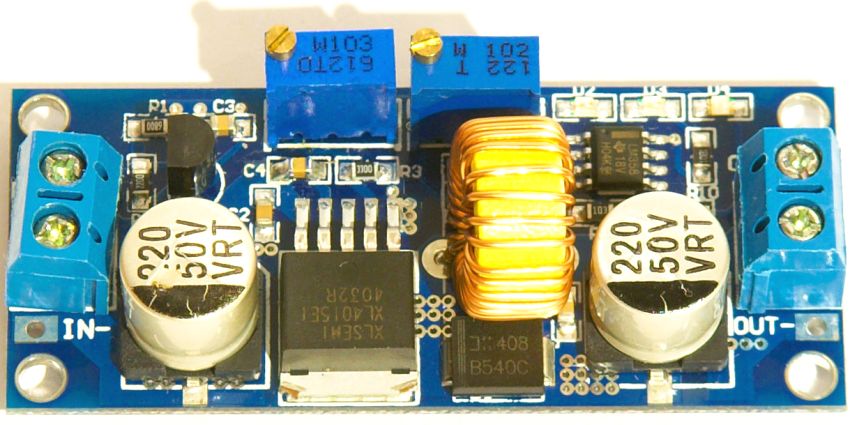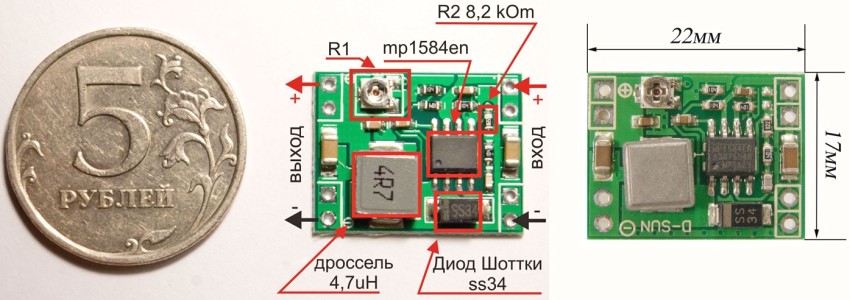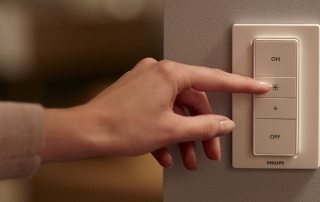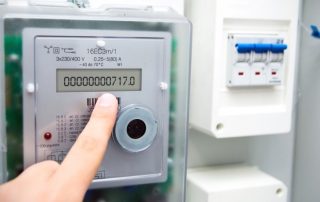The guarantee of brightness, efficiency and durability of LED sources is the correct power supply, which can be provided by special electronic devices - drivers for LEDs. They convert the AC voltage in the 220V network into a DC voltage of a given value. To understand what function the converters perform and what to look for when choosing them, the analysis of the main types and characteristics of devices will help.
Content [Hide]
- 1 Purpose of LED drivers for LEDs
- 2 Basic characteristics of converters
- 3 What are the drivers for LEDs by device type
- 4 Dimmable LED Drivers
- 5 Driver circuits for LEDs
- 6 How to choose a driver for LEDs
- 7 Calculation of drivers for LEDs
- 8 Where to Buy LED Drivers
- 9 Making drivers for LEDs with your own hands
- 10 DIY 10 Watt LED driver layout
Purpose of LED drivers for LEDs
The main function of the LED driver is to provide a stabilized current through the LED device. The value of the current flowing through the semiconductor crystal must correspond to the nameplate parameters of the LED. This will ensure the stability of the crystal luminescence and help to avoid its premature degradation. In addition, at a given current, the voltage drop will correspond to the value required for the p-n junction. You can find out the corresponding supply voltage of the LED using the current-voltage characteristic.
When lighting residential and office premises with LED lamps and luminaires, drivers are used, which are powered from a 220V AC network. Automotive lighting (headlights, daytime running lights, etc.), bicycle headlights, portable lamps use DC power sources in the range from 9 to 36V. Some low-power LEDs can be connected without a driver, but then a resistor must be added to the LED switching circuit in the 220 volt network.
The voltage of the driver at the output is indicated in the interval of two end values, between which stable operation is ensured. There are adapters with an interval from 3V to several dozen. To power a circuit of 3 series-connected white LEDs, each of which has a power of 1 W, you will need a driver with output values U - 9-12 V, I - 350 mA. The voltage drop for each crystal will be about 3.3V, for a total of 9.9V, which will be within the driver's range.
Basic characteristics of converters
Before buying a driver for LEDs, you should familiarize yourself with the basic characteristics of the devices.These include output voltage, rated current and power. The converter output voltage depends on the voltage drop across the LED source, as well as on the connection method and the number of LEDs in the circuit. The current depends on the power and brightness of the emitting diodes. The driver must provide the LEDs with the current they need to maintain the required brightness.
One of the important characteristics of the driver is the power that the device delivers as a load. The choice of driver power is influenced by the power of each LED device, the total number and color of the LEDs. The algorithm for calculating the power is that the maximum power of the device should not be lower than the consumption of all LEDs:
P = P (led) × n,
where P (led) is the power of a single LED source, and n is the number of LEDs.
In addition, a prerequisite must be met, under which a power reserve of 25-30% would be ensured. Thus, the maximum power value must not be less than the value (1.3 x P).
The color characteristics of the LEDs should also be taken into account. After all, semiconductor crystals of different colors have different amounts of voltage drop when a current of the same strength passes through them. So the voltage drop of a red LED at a current of 350 mA is 1.9-2.4 V, then the average value of its power will be 0.75 W. For the green analog, the voltage drop is in the range from 3.3 to 3.9 V and at the same current the power will already be 1.25 W. This means that 16 red LED sources or 9 green ones can be connected to the driver for 12V LEDs.
Helpful advice! When choosing a driver for LEDs, experts advise not to neglect the maximum power value of the device.
What are the drivers for LEDs by device type
Drivers for LEDs are classified by device type into linear and impulse. The structure and typical circuit of a linear-type LED driver is a p-channel transistor current generator. Such devices provide smooth current stabilization under the condition of unstable voltage on the input channel. They are simple and cheap devices, but they have low efficiency, generate a lot of heat during operation and cannot be used as drivers for high-power LEDs.
Pulse devices create a series of high-frequency pulses in the output channel. Their work is based on the principle of PWM (pulse width modulation), when the average value of the output current is determined by the duty cycle, i.e. the ratio of the pulse duration to the number of its repetitions. The change in the value of the average output current occurs due to the fact that the pulse frequency remains unchanged, and the duty cycle varies from 10-80%.
Due to their high conversion efficiency (up to 95%) and compactness of devices, they are widely used for portable LED structures. In addition, the efficiency of the devices has a positive effect on the duration of the functioning of autonomous power devices. Pulse-type converters are compact in size and feature an extensive input voltage range. The disadvantage of these devices is the high level of electromagnetic interference.
Helpful advice! The LED driver should be purchased at the stage of choosing LED sources, having previously decided on the LED circuit from 220 volts.
Before choosing a driver for LEDs, you need to know the conditions for its functioning and the location of LED devices. Pulse-width drivers, which are based on a single microcircuit, have miniature dimensions and are designed to be powered from autonomous low-voltage sources.The main applications of these devices are car tuning and LED lighting. However, due to the use of a simplified electronic circuit, the quality of such converters is somewhat lower.
Dimmable LED Drivers
Modern LED drivers are compatible with semiconductor dimming devices. The use of dimmable drivers allows you to control the level of illumination in rooms: to reduce the intensity of the glow in the daytime, to emphasize or hide individual elements in the interior, to zone the space. This, in turn, makes it possible not only to rationally use electricity, but also to save the resource of the LED light source.
Dimmable drivers are of two types. Some are connected between the power supply and LED sources. These devices control the energy from the power supply to the LEDs. Such devices are based on PWM control, in which energy is supplied to the load in the form of pulses. The pulse duration determines the amount of energy from the minimum to the maximum value. Drivers of this type are mainly used for LED modules with fixed voltage, such as LED strips, creeping lines, etc.
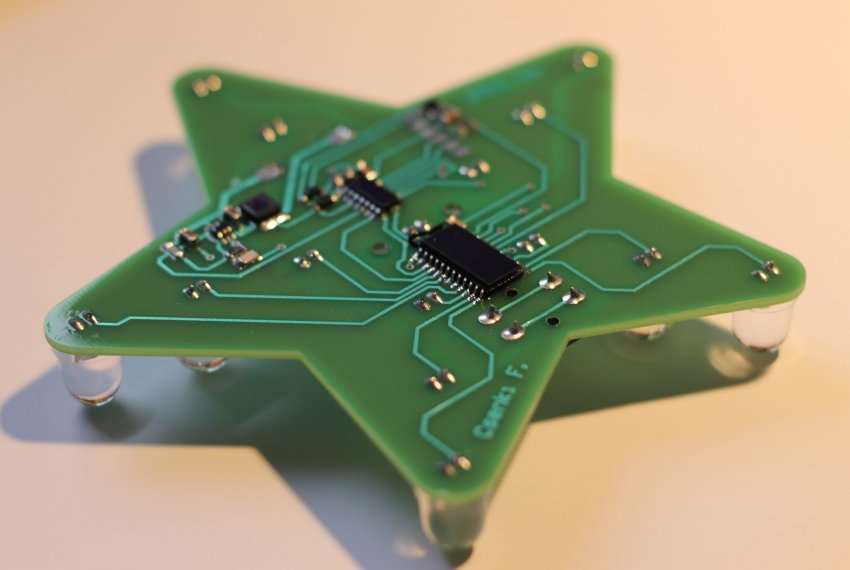
The driver is controlled by dimmer or PWM
Dimmable converters of the second type control directly the power supply. The principle of their operation is both in PWM regulation and in controlling the amount of current flowing through the LEDs. Dimmable drivers of this type are used for constant current LED fixtures. It should be noted that when controlling LEDs by means of PWM control, effects negatively affecting vision are observed.
Comparing these two control methods, it is worth noting that when regulating the amount of current through LED sources, not only a change in the brightness of the glow is observed, but also a change in the color of the glow. Thus, white LEDs emit a yellowish light at a lower current, and when magnified, they glow blue. When LEDs are controlled by PWM control, negative effects on vision and a high level of electromagnetic interference are observed. In this regard, PWM control is rarely used in contrast to current control.
Driver circuits for LEDs
Many manufacturers produce driver microcircuits for LEDs, which allow powering sources from undervoltage. All existing drivers are divided into simple ones, made on the basis of 1-3 transistors and more complex ones using special microcircuits with pulse-width modulation.
ON Semiconductor offers a wide variety of ICs as a driver base. They are distinguished by reasonable cost, excellent conversion efficiency, economy and low level of electromagnetic impulses. The manufacturer presented a pulse driver of the UC3845 type with an output current of up to 1A. On such a microcircuit, you can implement a driver circuit for a 10W LED.
HV9910 (Supertex) electronic components are popular driver ICs due to their simple circuit resolution and low price. It has a built-in voltage regulator and leads for dimming control, as well as an output for programming the switching frequency. The output current value is up to 0.01A. It is possible to implement a simple driver for LEDs on this microcircuit.
Based on the UCC28810 microcircuit (manufactured by Texas Instruments), you can create a driver circuit for high-power LEDs. In such a LED driver circuit, an output voltage of 70-85V can be created for LED modules consisting of 28 LED sources with a current of 3 A.
Helpful advice! If you are planning to buy 10W ultra-bright LEDs, you can use a pulse driver on the UCC28810 chip for designs from them.
Clare offers a simple pulse-type driver based on the CPC 9909 microcircuit. It includes a converter controller housed in a compact package. Due to the built-in voltage stabilizer, the converter can be powered from a voltage of 8-550V. The CPC 9909 microcircuit allows the driver to operate in a wide range of temperature conditions from -50 to 80 ° C.
How to choose a driver for LEDs
There is a wide range of LED drivers on the market from different manufacturers. Many of them, especially those made in China, have a low price. However, buying such devices is not always profitable, since most of them do not meet the declared characteristics. In addition, such drivers are not accompanied by a guarantee, and if a defect is found, they cannot be returned or replaced with high-quality ones.
So there is a possibility of purchasing a driver, the declared power of which is 50 W. However, in reality, it turns out that this characteristic has an unstable character and such power is only short-term. In reality, such a device will work as a 30W LED driver or a maximum of 40W. It may also turn out that the filling will lack some of the components responsible for the stable operation of the driver. In addition, components of low quality and with a short service life can be used, which is essentially a defect.
When buying, you should pay attention to the indication of the brand of the product. A quality product will definitely indicate the manufacturer who will provide a guarantee and will be ready to be responsible for their products. It should be noted that the lifespan of drivers from trusted manufacturers will be much longer. Below is the approximate runtime of the drivers, depending on the manufacturer:
- driver from dubious manufacturers - no more than 20 thousand hours;
- devices of average quality - about 50 thousand hours;
- a converter from a trusted manufacturer using quality components - over 70 thousand hours.
Helpful advice! What quality the LED driver will be is up to you. However, it should be noted that it is especially important to purchase a proprietary converter when it comes to using it for LED floodlights and high-power lamps.
Calculation of drivers for LEDs
To determine the voltage at the output of an LED driver, the ratio of power (W) to current (A) must be calculated. For example, the driver has the following characteristics: power 3 W and current 0.3 A. The calculated ratio is 10V. Thus, this will be the maximum value of the output voltage of this converter.
Related article:
LED characteristics: current consumption, voltage, wattage and light output
Types. Connection diagrams of LED sources. Resistance calculation for LEDs. Checking the LED with a multimeter. DIY LED constructions.
If you need to connect 3 LED-sources, the current of each of which is 0.3 mA at a supply voltage of 3V. By connecting one of the devices to the LED driver, the output voltage will be 3V and a current of 0.3 A. After collecting two LED sources in series, the output voltage will be 6V and a current of 0.3 A. By adding a third LED to the serial chain, we get 9V and 0.3 A. When connected in parallel, 0.3 A will be equally distributed between the LEDs at 0.1 A. By connecting the LEDs to a 0.3 A device with a current value of 0.7, they will get only 0.3 A.
This is the algorithm for the functioning of LED drivers. They deliver the amount of current for which they are designed. The way of connecting LED-devices in this case does not matter.There are driver models that assume any number of LEDs connected to them. But then there is a limitation on the power of LED sources: it should not exceed the power of the driver itself. Drivers are available for a specific number of connected LEDs. Fewer LEDs are allowed to connect to them. But such drivers have low efficiency, in contrast to devices designed for a specific number of LED devices.
It should be noted that the drivers designed for a fixed number of emitting diodes are protected against emergency situations. Such converters do not work correctly if fewer LEDs are connected to them: they will flicker or will not light up at all. Thus, if you connect a voltage to the driver without a corresponding load, it will be unstable.
Where to Buy LED Drivers
You can buy an LED-driver at specialized points selling radio components. In addition, it is much more convenient to get acquainted with the products and order the necessary product using the catalogs of the corresponding sites. In addition, online stores can purchase not only converters, but also LED lighting devices and related products: Power supplies, control devices, connection tools, electronic components for repairing and assembling a driver for LEDs with their own hands.
Selling companies presented a huge assortment of LED drivers, the technical characteristics and prices of which can be seen in the price lists. As a rule, prices for products are indicative and are specified when ordering from a project manager. The range includes converters of various power and degree of protection, used for outdoor and indoor lighting, as well as for lighting and tuning cars.
When choosing a driver, you should take into account the conditions of its use and the power consumption of the LED structure. Therefore, it is necessary to purchase a driver before purchasing LEDs. So, before you buy a driver for 12 volt LEDs, you need to take into account that it should have a power reserve of about 25-30%. This is necessary in order to reduce the risk of damage or complete failure of the device in the event of a short circuit or voltage drops in the network. The cost of the converter depends on the number of purchased devices, form of payment and delivery time.
The table shows the main parameters and dimensions of 12 volt voltage stabilizers for LEDs with an indication of their approximate price:
| LD DC / AC 12 V modification | Dimensions, mm (h / w / d) | Output current, A | Power, W | price, rub. |
| 1x1W 3-4VDC 0.3A MR11 | 8/25/12 | 0,3 | 1x1 | 73 |
| 3x1W 9-12VDC 0.3A MR11 | 8/25/12 | 0,3 | 3x1 | 114 |
| 3x1W 9-12VDC 0.3A MR16 | 12/28/18 | 0,3 | 3x1 | 35 |
| 5-7x1W 15-24VDC 0.3A | 12/14/14 | 0,3 | 5-7x1 | 80 |
| 10W 21-40V 0.3A AR111 | 21/30 | 0,3 | 10 | 338 |
| 12W 21-40V 0.3A AR11 | 18/30/22 | 0,3 | 12 | 321 |
| 3x2W 9-12VDC 0.4A MR16 | 12/28/18 | 0,4 | 3x2 | 18 |
| 3x2W 9-12VDC 0.45A | 12/14/14 | 0,45 | 3x2 | 54 |
Making drivers for LEDs with your own hands
Using ready-made microcircuits, radio amateurs can independently assemble drivers for LEDs of various powers. To do this, you must be able to read electrical diagrams and have skills in working with a soldering iron. For example, you can consider several options for DIY LED drivers for LEDs.
The driver circuit for the 3W LED can be implemented based on the Chinese PowTech PT4115 chip. The microcircuit can be used to power LED devices over 1W and includes control units that have a sufficiently powerful transistor at the output. The PT4115-based driver is highly efficient and has a minimal number of strapping components.
PT4115 overview and technical parameters of its components:
- function of brightness control (dimming);
- input voltage - 6-30V;
- output current value - 1.2 A;
- current stabilization deviation up to 5%;
- protection against load breaks;
- the presence of conclusions for dimming;
- efficiency - up to 97%.
The microcircuit has the following conclusions:
- for the output switch - SW;
- for the signal and supply section of the circuit - GND;
- for brightness control - DIM;
- input current sensor - CSN;
- supply voltage - VIN;
Diy LED driver circuit based on PT4115
Driver circuits for powering LED-devices with a dissipating power of 3 W can be performed in two versions. The first assumes the presence of a power source with a voltage of 6 to 30V. In another scheme, power is provided from an alternating current source with a voltage of 12 to 18V. In this case, a diode bridge is introduced into the circuit, at the output of which a capacitor is installed. It helps to smooth out voltage fluctuations, its capacity is 1000 μF.
For the first and second circuits, the capacitor (CIN) is of particular importance: this component is designed to reduce the ripple and compensate for the energy accumulated by the inductor when the MOP transistor is turned off. In the absence of a capacitor, all the inductance energy through the DShB (D) semiconductor diode will go to the supply voltage (VIN) terminal and cause a breakdown of the microcircuit relative to the supply.
Helpful advice! It should be taken into account that the connection of the LED driver in the absence of an input capacitor is not permitted.
Given the number and how much the LEDs consume, the inductance (L) is calculated. In the LED driver circuit, the inductance should be selected, the value of which is 68-220 μH. This is evidenced by the data of the technical documentation. It is possible to admit a slight increase in the value of L, but it should be taken into account that then the efficiency of the circuit as a whole will decrease.
As soon as voltage is applied, the value of the current passing through the resistor RS (works as a current sensor) and L will be zero. Further, the CS comparator analyzes the potential levels before and after the resistor - as a result, a high concentration appears at the output. The current going to the load increases up to a certain value controlled by RS. The current increases depending on the inductance value and on the voltage value.
Assembling the driver components
The strapping components of the RT 4115 microcircuit are selected taking into account the manufacturer's instructions. A low impedance capacitor (low ESR capacitor) should be used for CIN, as the use of other analogs will negatively affect the efficiency of the driver. If the device is powered from a block with a stabilized current, one capacitor with a capacity of 4.7 μF or more is required at the input. It is recommended to place it next to the microcircuit. If the current is alternating, you will need to introduce a solid-state tantalum capacitor with a capacity of at least 100 μF.
A 68 μH inductor must be installed in the switching circuit for 3 W LEDs. It should be located as close to the SW terminal as possible. You can make a coil yourself. This will require a ring from a failed computer and a winding wire (PEL-0.35). The diode FR 103 can be used as diode D. Its parameters: capacitance 15 pF, recovery time 150 ns, temperature from -65 to 150 ° C. It can handle current pulses up to 30 A.
The minimum value of the RS resistor in the LED driver circuit is 0.082 ohms, the current is 1.2 A. To calculate the resistor, you must use the current required for the LED. Below is the formula to calculate:
RS = 0.1 / I,
where I is the nominal current of the LED source.
The value of RS in the LED driver circuit is 0.13 Ohm, respectively, the current value is 780 mA. If such a resistor cannot be found, several low-resistance components can be used, using the resistance formula for parallel and series connection in the calculation.
DIY 10 Watt LED driver layout
You can assemble a driver for a powerful LED yourself using electronic boards from failed fluorescent lamps. Most often, lamps burn out in such lamps. The electronic board remains operational, which allows its components to be used for homemade power supplies, drivers and other devices. For work, you may need transistors, capacitors, diodes, inductors (chokes).
The defective lamp must be carefully disassembled with a screwdriver. To make a driver for a 10W LED, you should use a 20W fluorescent lamp. This is necessary so that the choke can withstand the load with a margin. For a more powerful lamp, you should either select the appropriate board, or replace the choke itself with an analogue with a large core. For LED sources with a lower power, the number of winding turns can be adjusted.
Further, on top of the primary turns of the winding, it is necessary to make 20 turns of wire and, using a soldering iron, connect this winding with a rectifier diode bridge. After that, you should apply voltage from the 220V network and measure the output voltage at the rectifier. Its value was 9.7V. The LED source through the ammeter consumes 0.83 A. The nominal value of this LED is 900 mA, however, so that the lower current consumption will increase its resource. The assembly of the diode bridge is carried out by hanging mounting.
The new board and diode bridge can be placed in a stand from an old table lamp. Thus, the LED driver can be assembled independently from available radio components from failed devices.
Due to the fact that LEDs are quite demanding on power supplies, it is necessary to correctly select a driver for them. If the converter is chosen correctly, you can be sure that the parameters of the LED sources will not deteriorate and the LEDs will last for their intended period.
